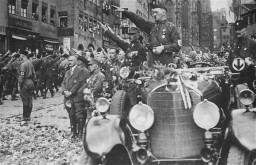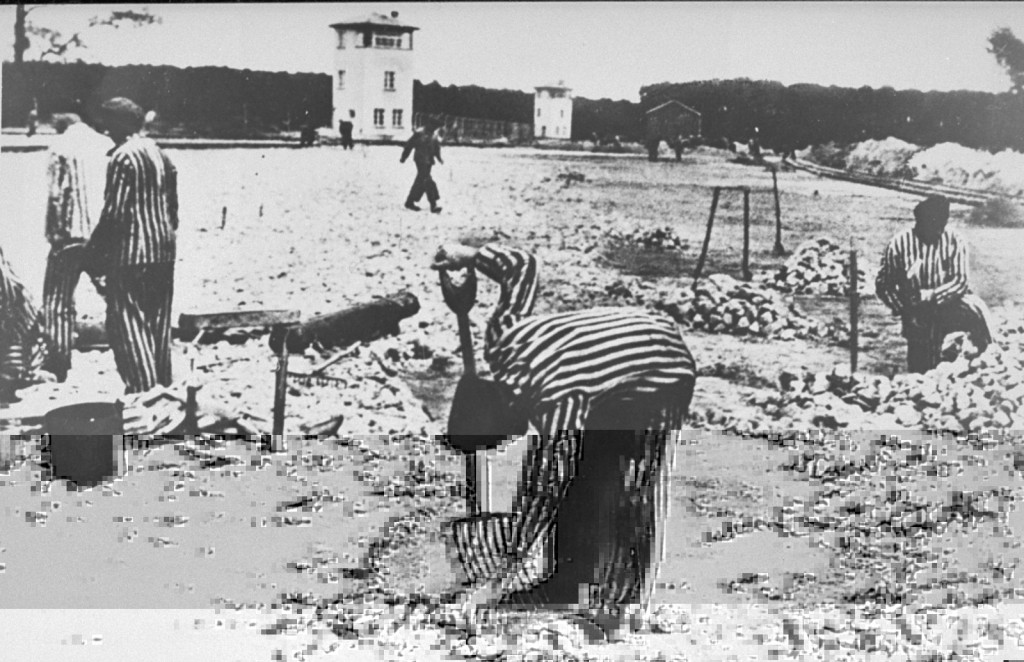<< Previous | Displaying results 6641-6650 of 6720 for "" | Next >>
-
A Jewish wedding in Morocco
PhotoJewish wedding in Morocco, 1942. Photo: US Holocaust Memorial Museum, courtesy of YIVO Institute for Jewish Research
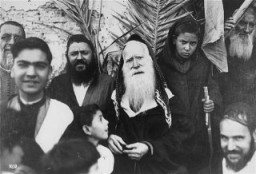
-
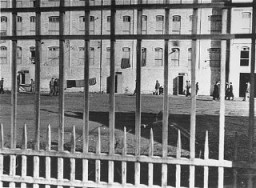
-
Malmedy war crimes trial verdict
PhotoA crowd waits outside the American military court for the announcement of a verdict in the Malmedy war crimes trial of SS soldiers accused of taking part in the massacre of American prisoners of war. Dachau, Germany, July 16, 1946.
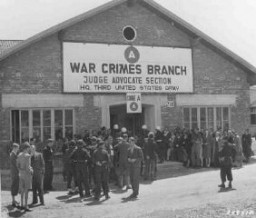
-
Stroop Report cover
ArtifactSS Major General Juergen Stroop, commander of German forces that suppressed the Warsaw ghetto uprising, compiled an album of photographs and other materials. This album, later known as "The Stroop Report," was introduced as evidence at the International Military Tribunal at Nuremberg. Here, its cover is marked with an IMT evidence stamp.
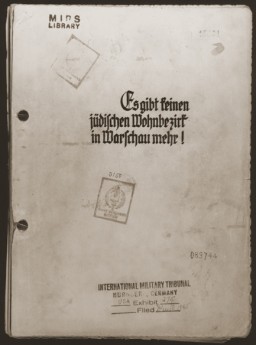
-
Transnistria Governorate
ArticleThe Transnistria Governorate was established in occupied Soviet Ukraine during WWII. Learn more about the Holocaust in Transnistria between 1941-1944.
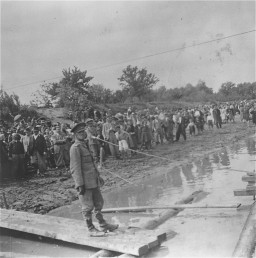
-
Watercolor painting by Simon Jeruchim entitled "Memory of June 6, 1944"
PhotoTeenager Simon Jeruchim learned of the Allied invasion of German-occupied France (D-Day) on a shortwave radio. He painted a watercolor depiction of the bombing and burning of a town situated on a river. He titled the piece "Memory of June 6, 1944." Simon Jeruchim was born in Paris in 1929 to Samuel and Sonia (née Szpiro), Jewish émigrés from Poland. In July 1942, Simon’s parents were able to find hiding places for him and his siblings, but they were arrested and deported to Auschwitz before they…
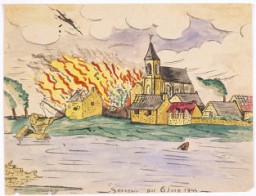
-
US troops pull the survivors ashore on D-Day
PhotoUS troops pull the survivors of a sunken craft onto the shores of the Normandy beaches on D-Day. Normandy, France, June 6, 1944.
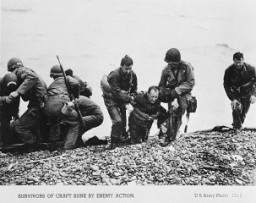
-
St. Louis arrives in Antwerp
PhotoThe St. Louis, carrying Jewish refugees from Nazi Germany, arrives in the port of Antwerp after Cuba and the United States denied it landing. Belgium, June 17, 1939.
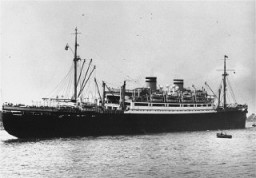
-
World War I: Aftermath
ArticleThe trauma of WWI would profoundly shape the attitudes and actions of leaders and ordinary people during the Holocaust. Learn more about the aftermath of the conflict.
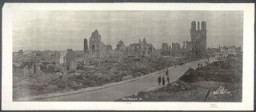
-
The Nazi Rise to Power
ArticleThe Nazi Party was one of a number of right-wing extremist political groups that emerged in Germany following World War I. Learn about the Nazi rise to power.
